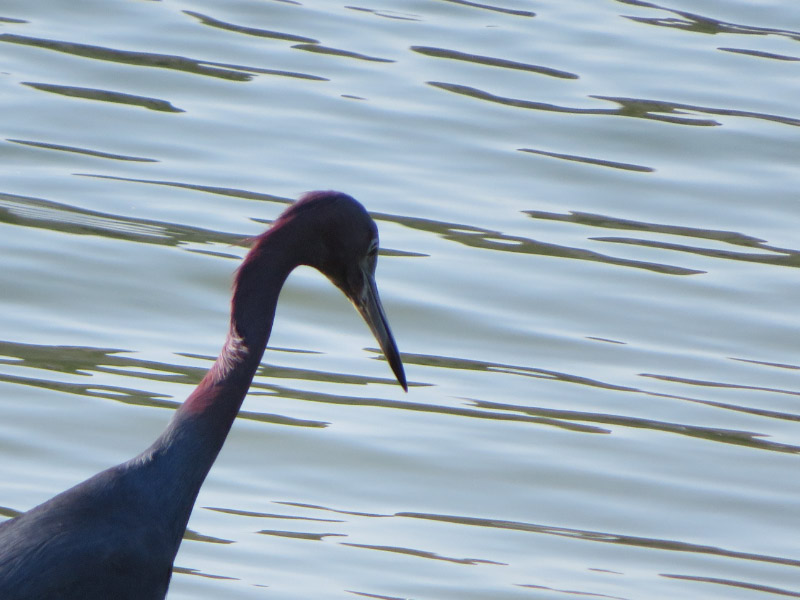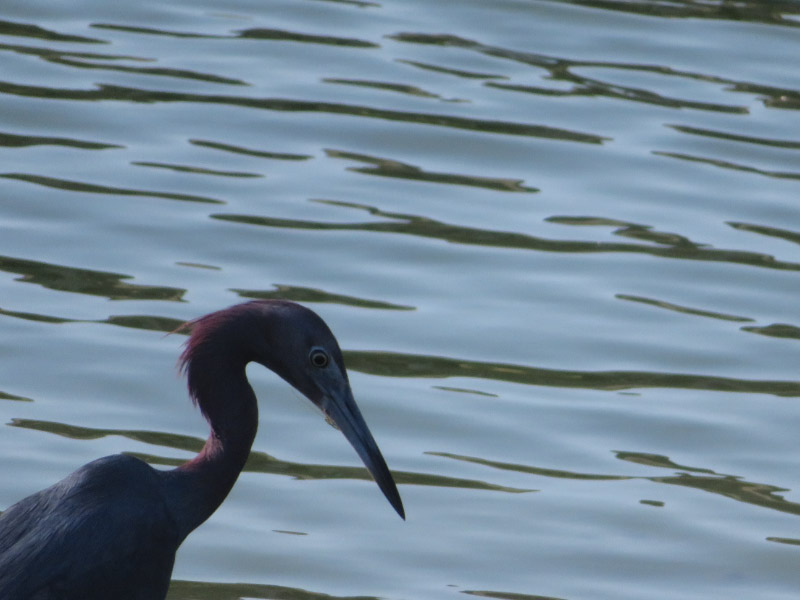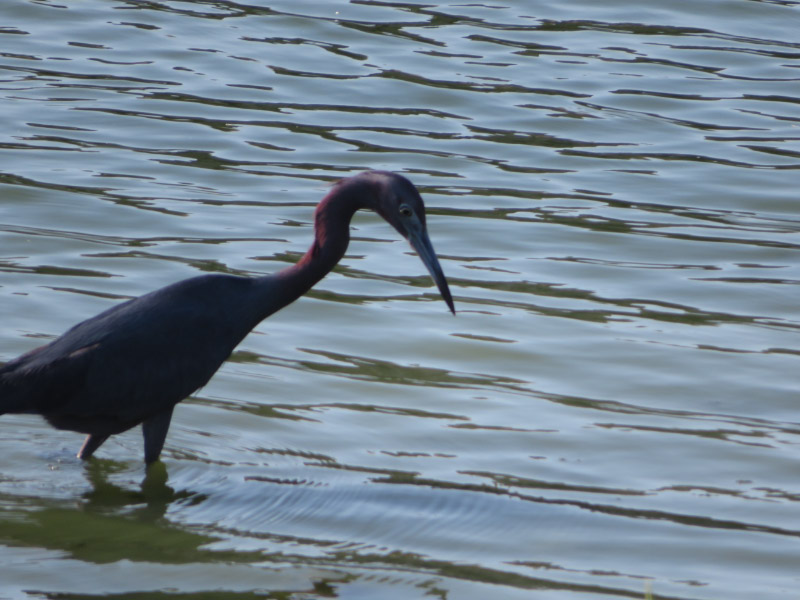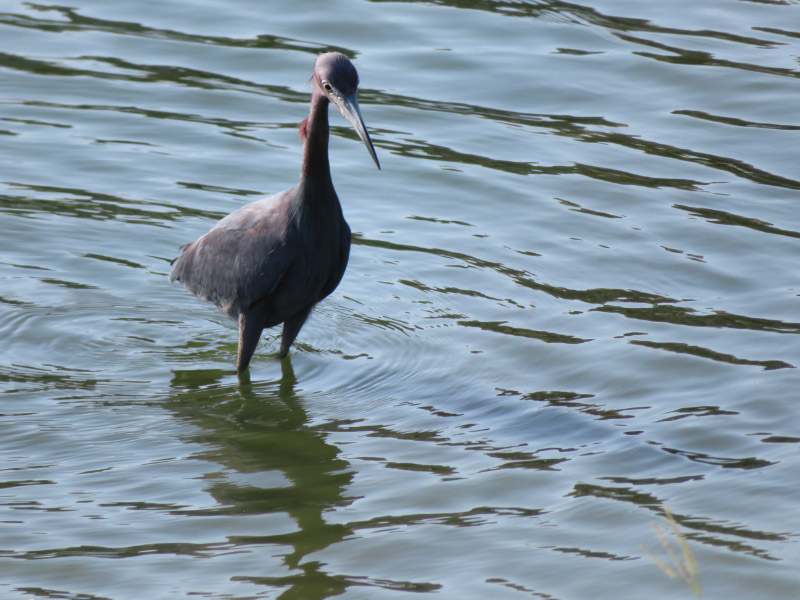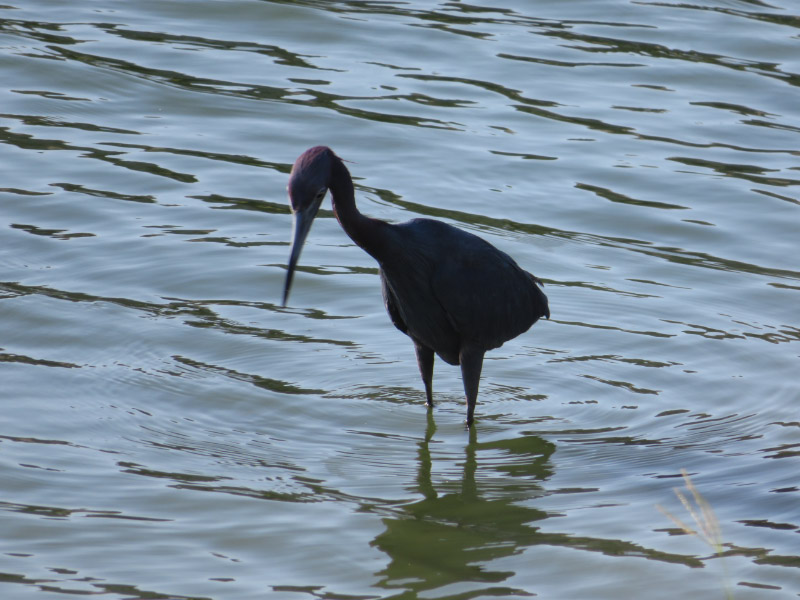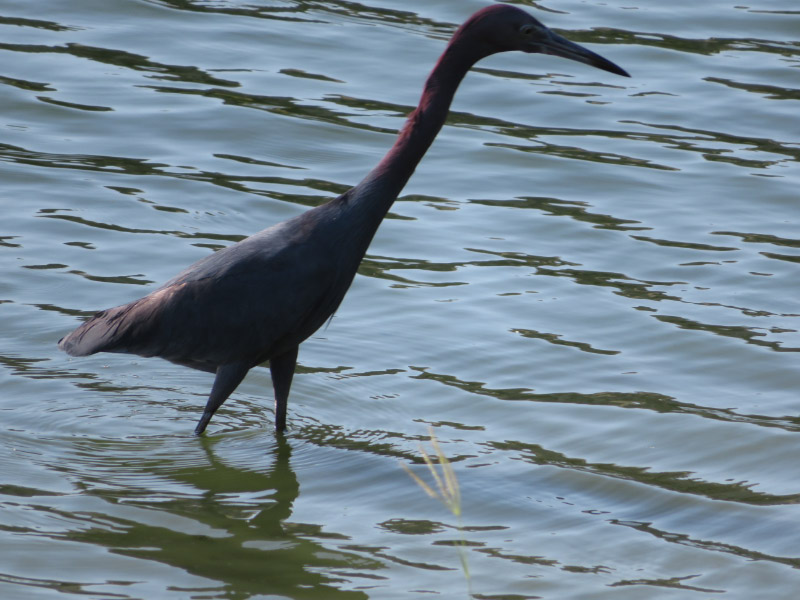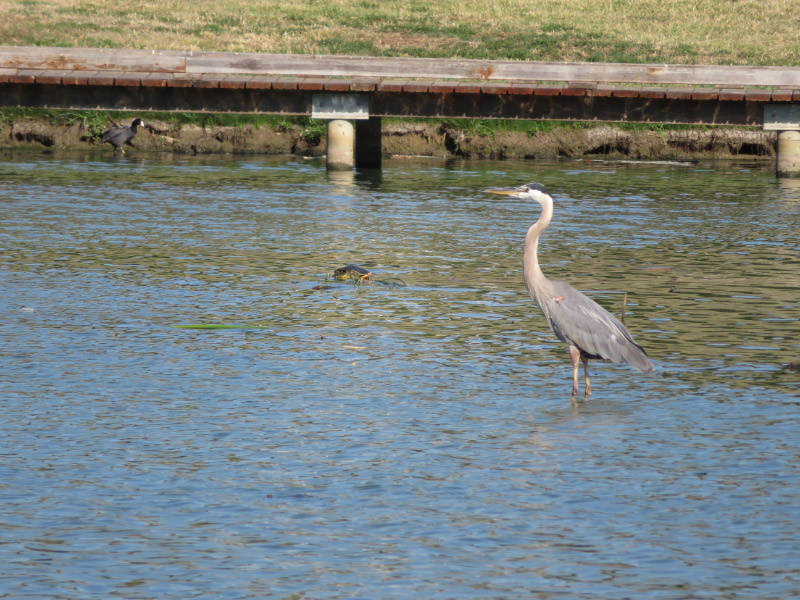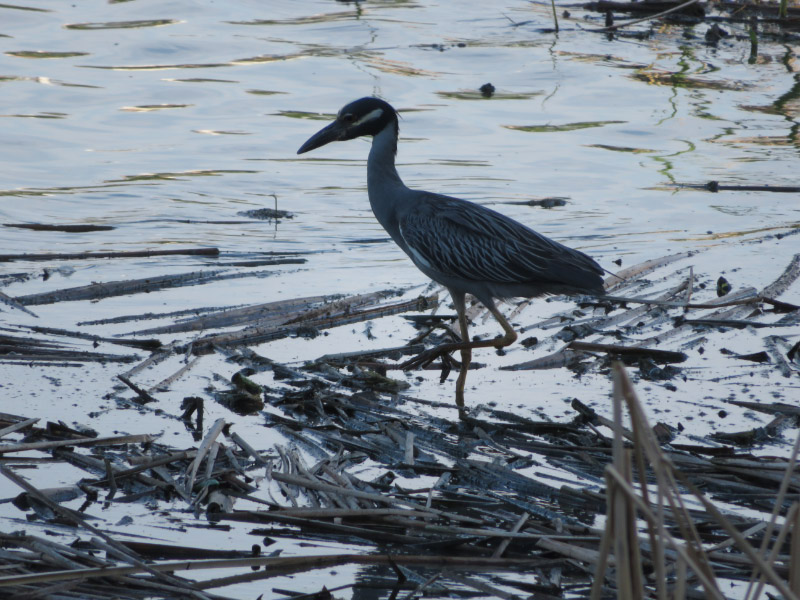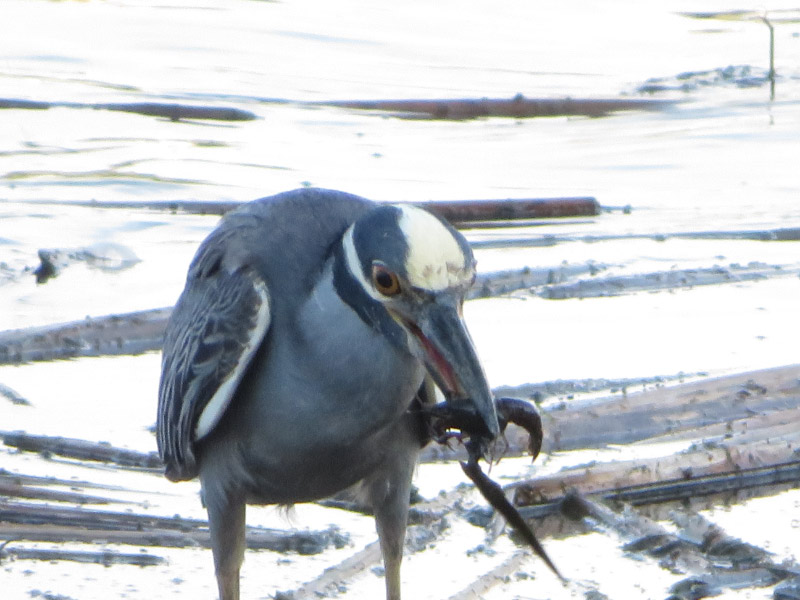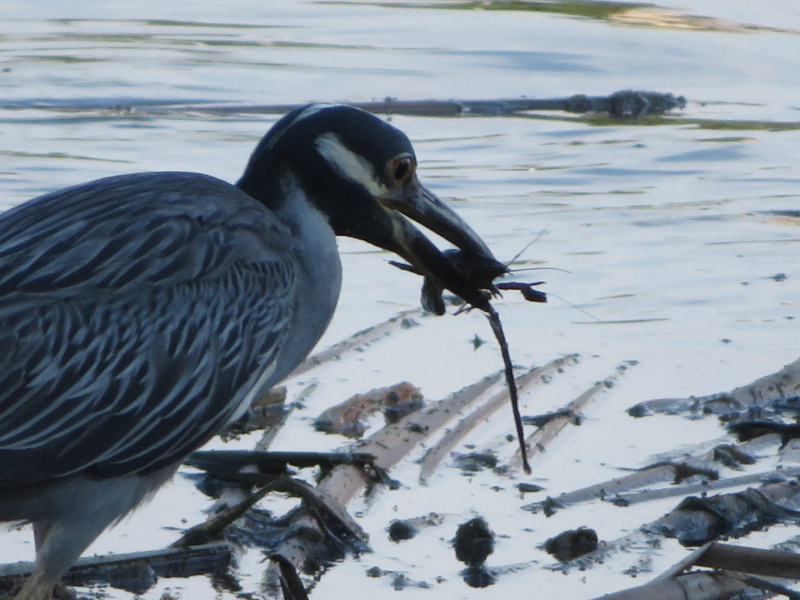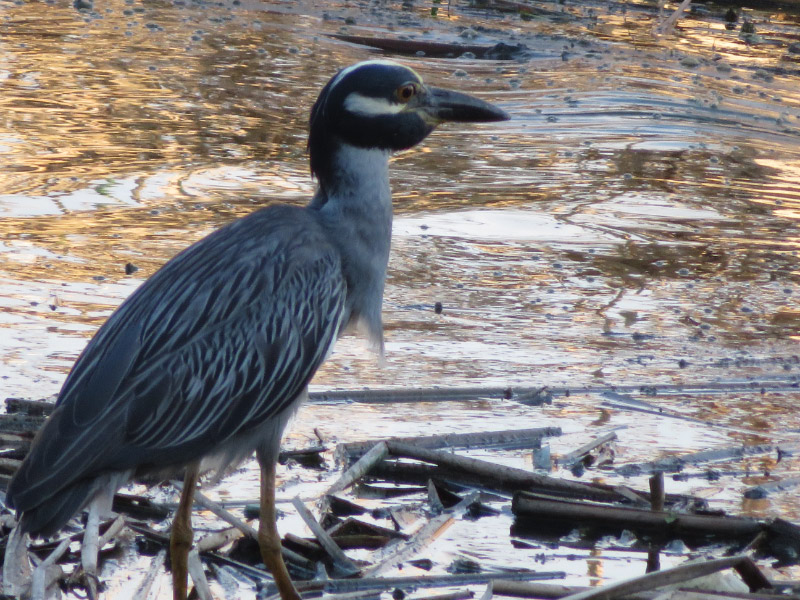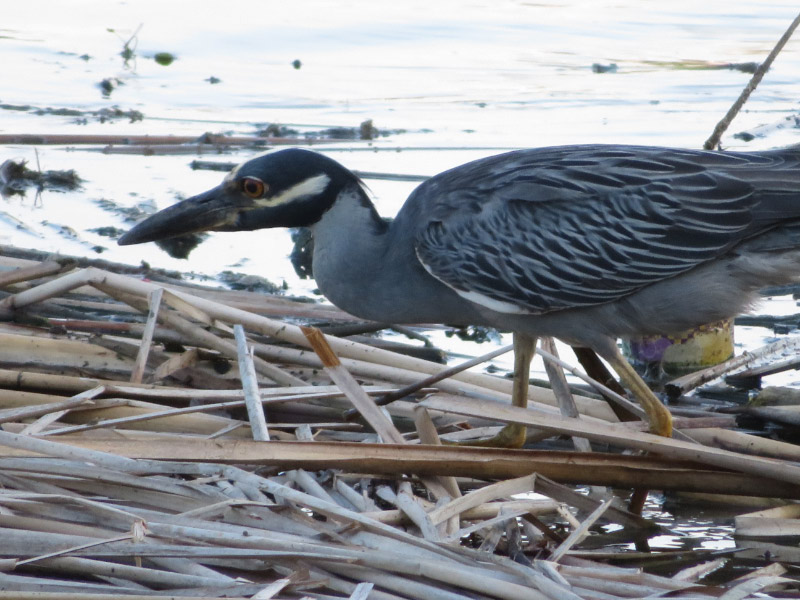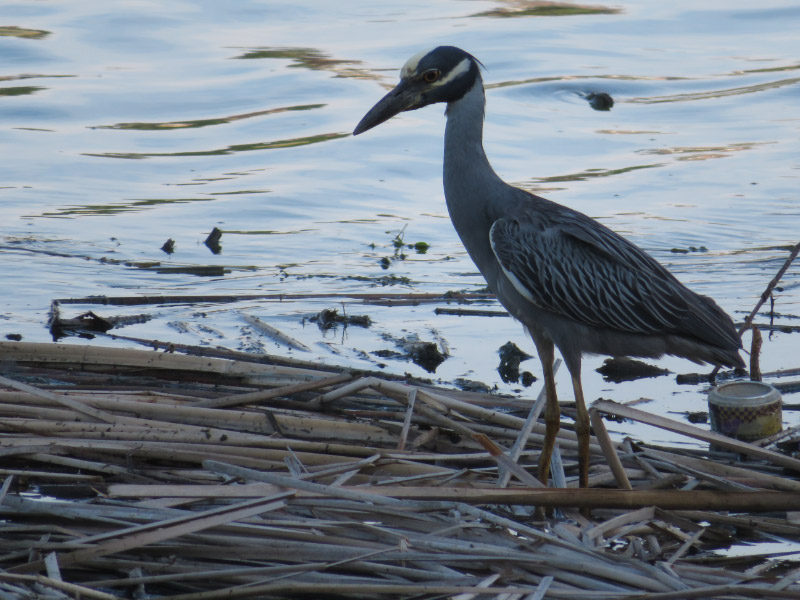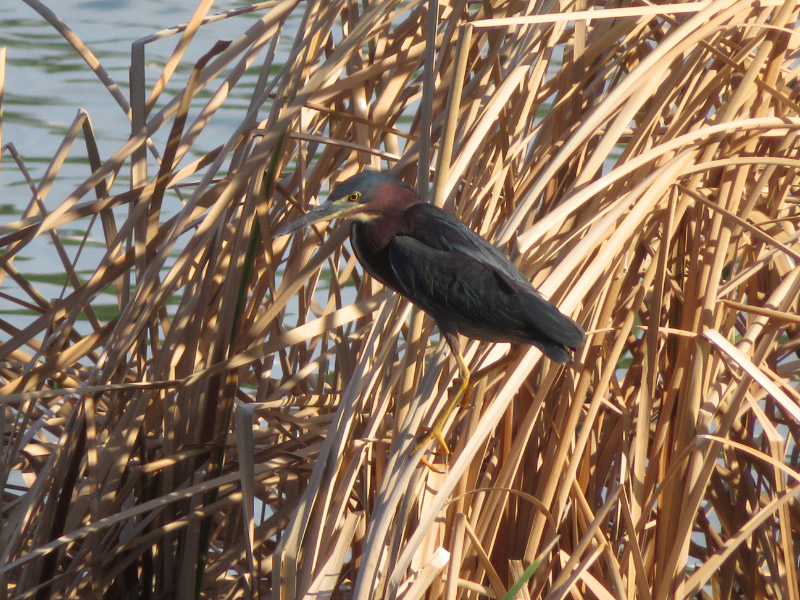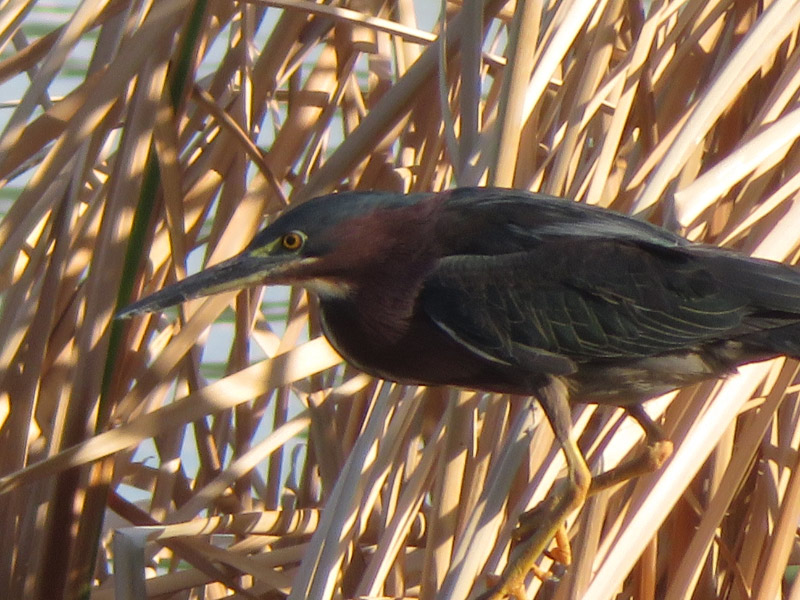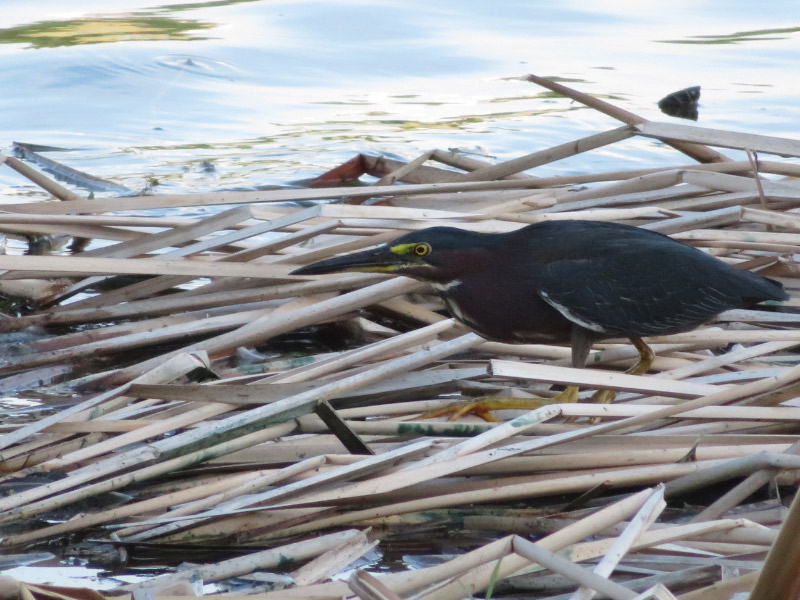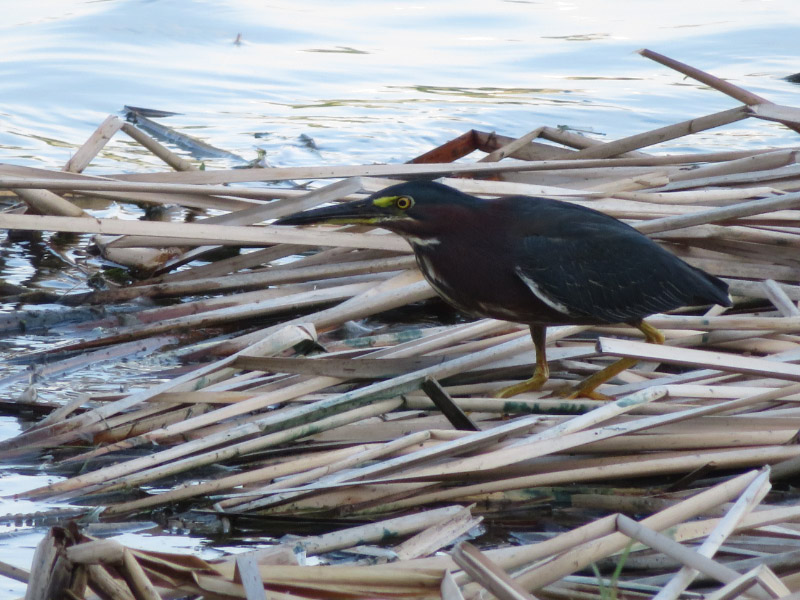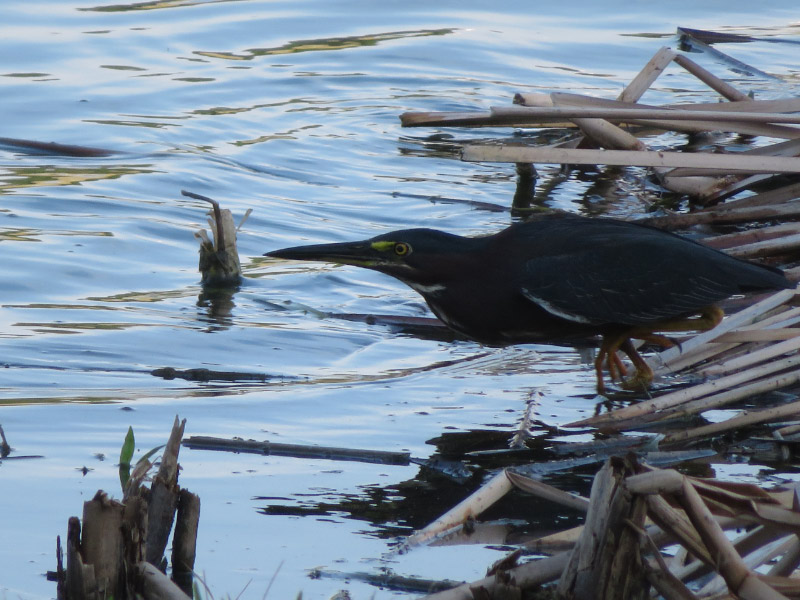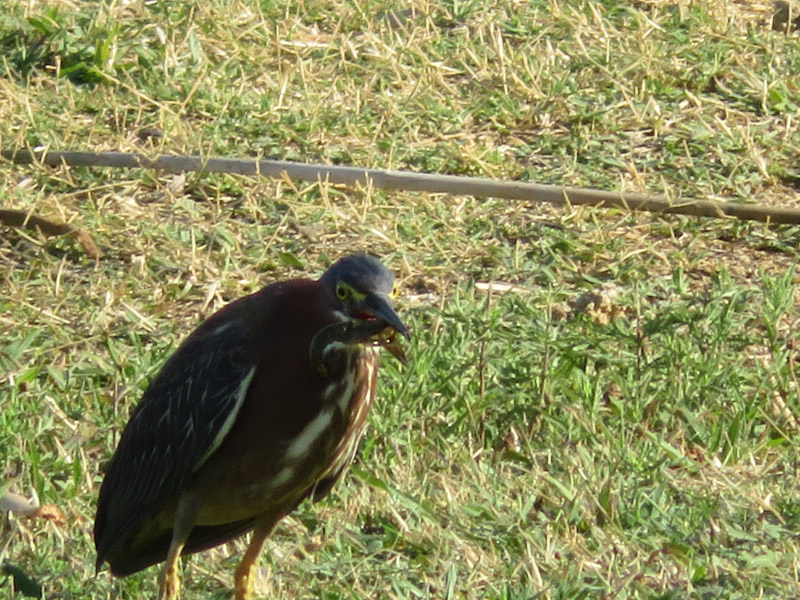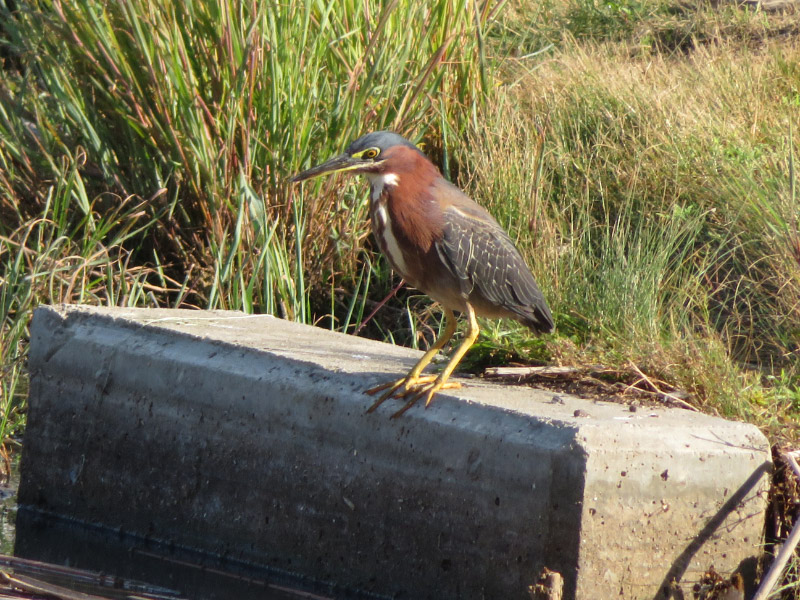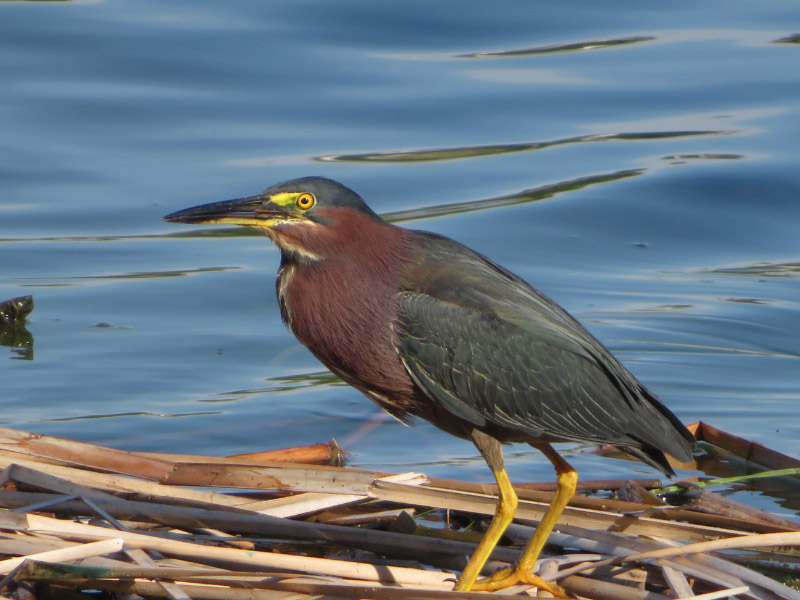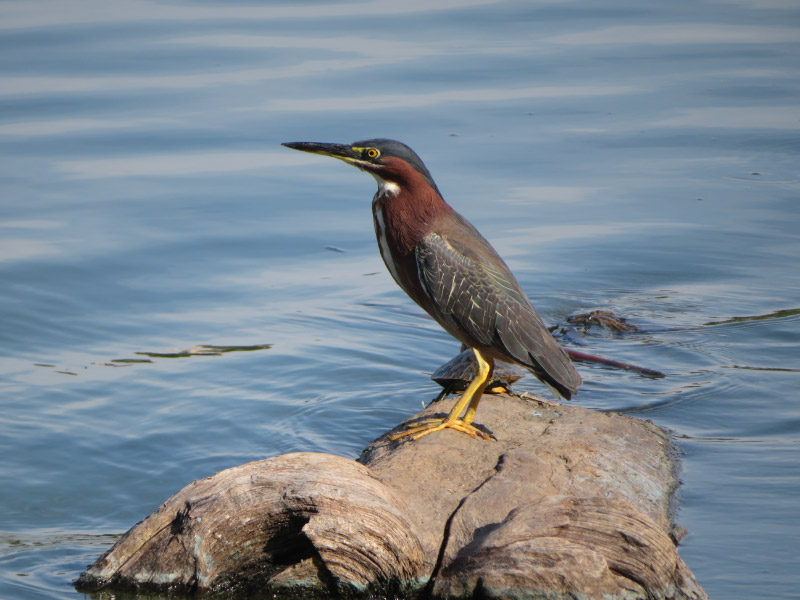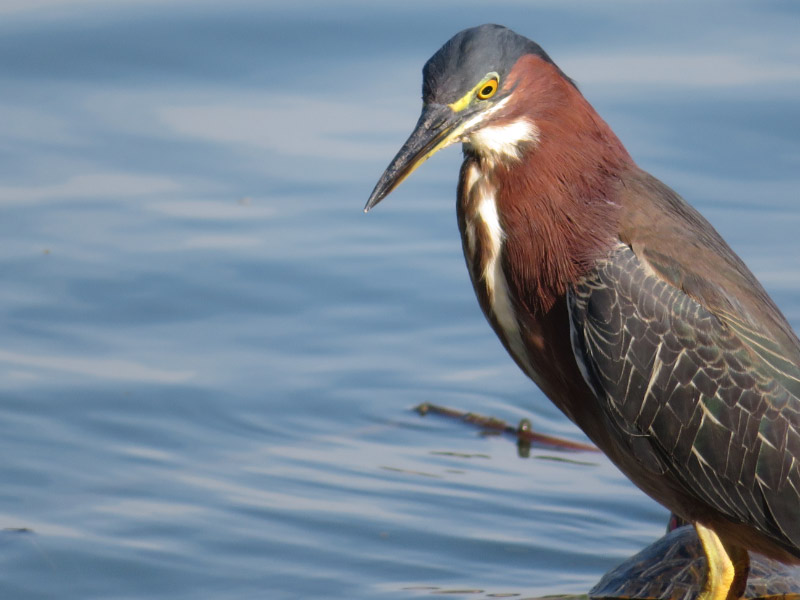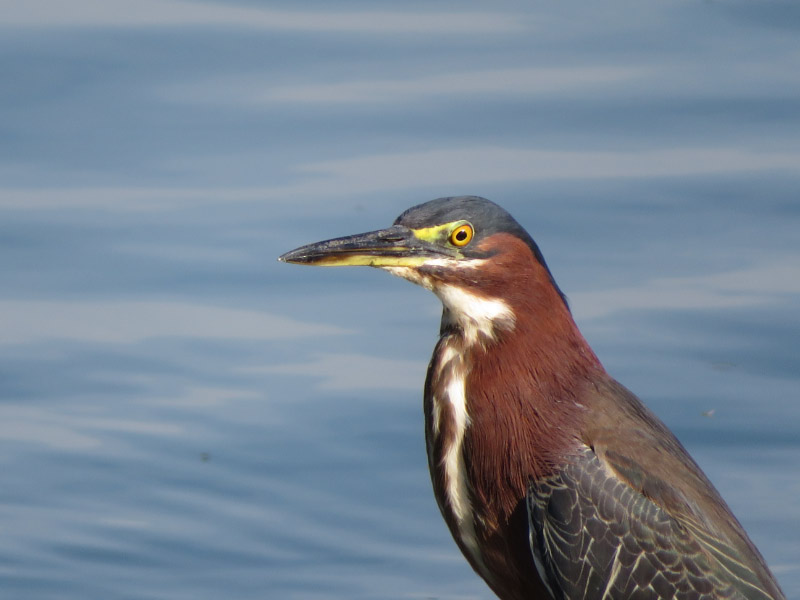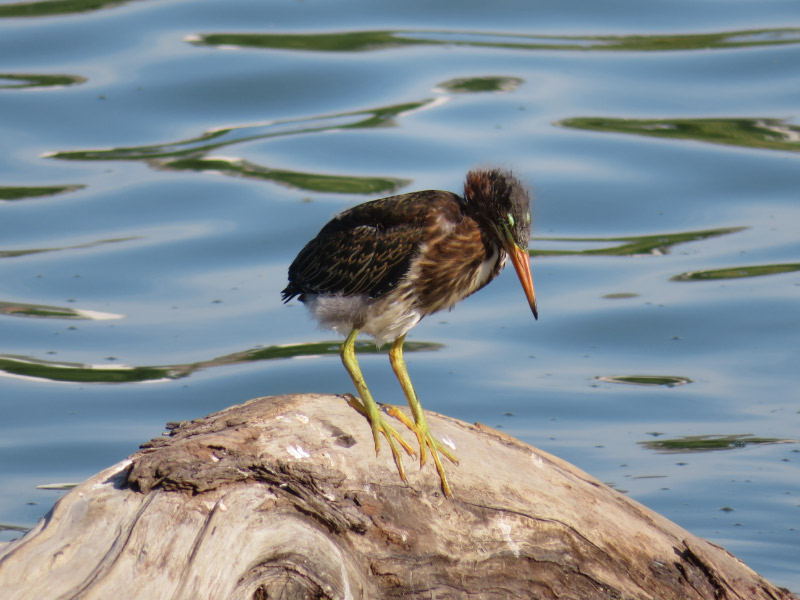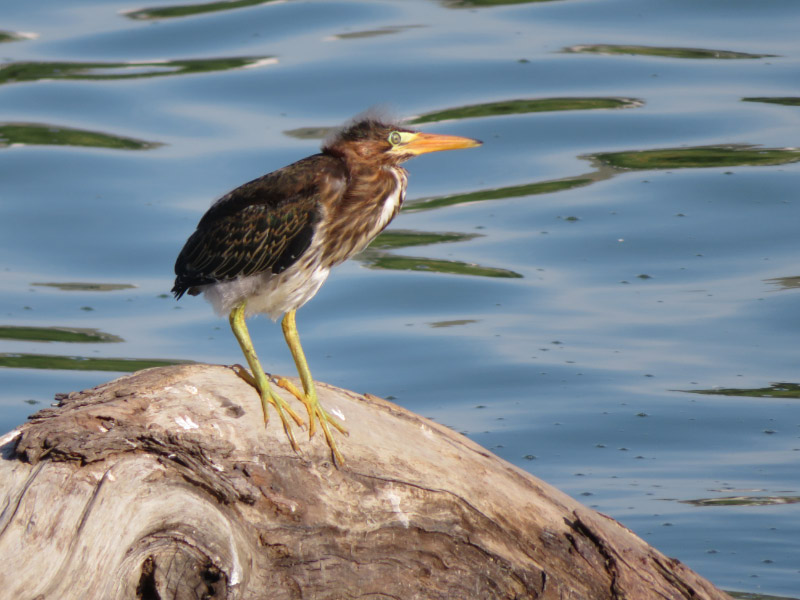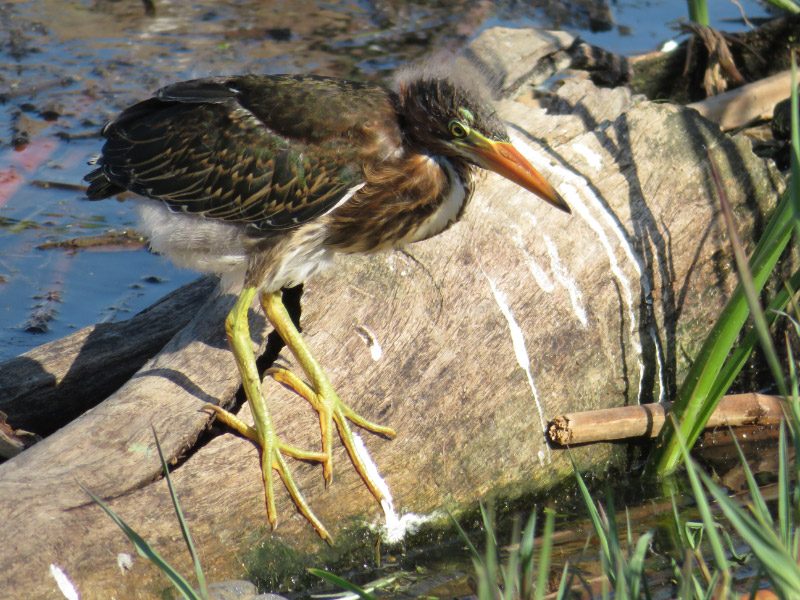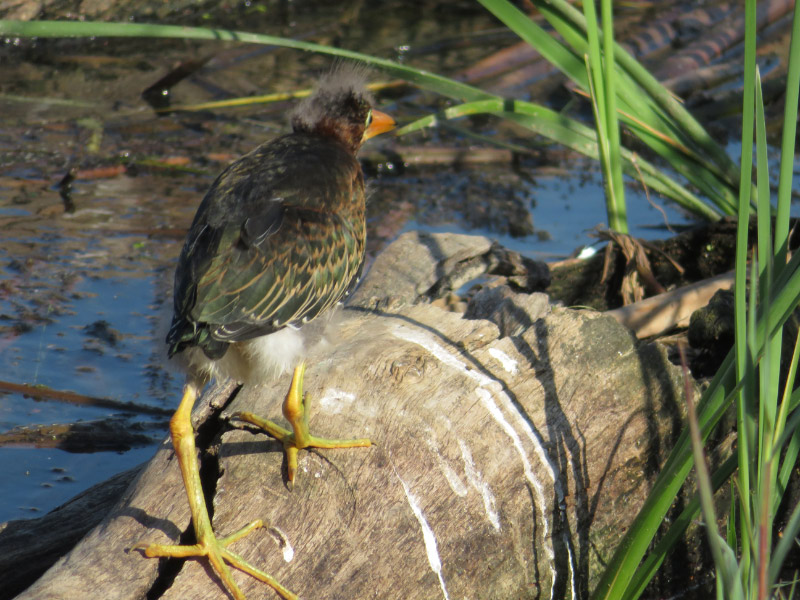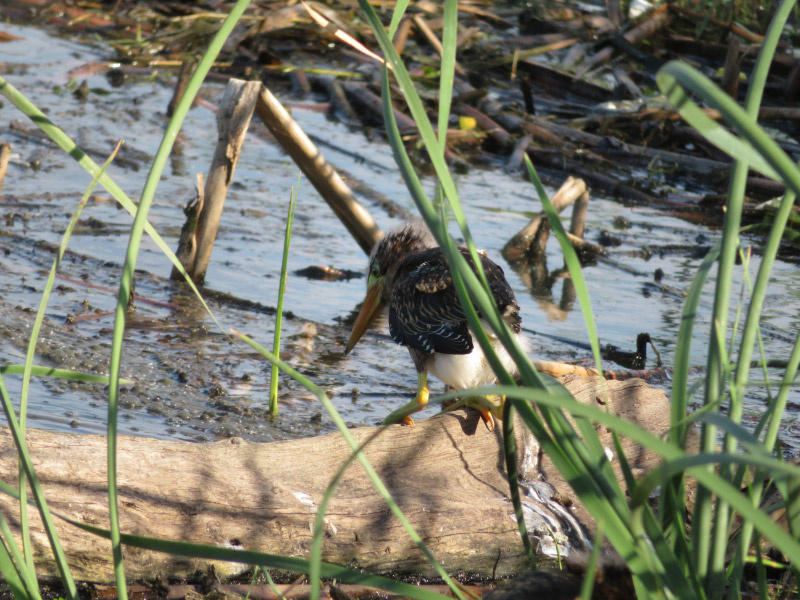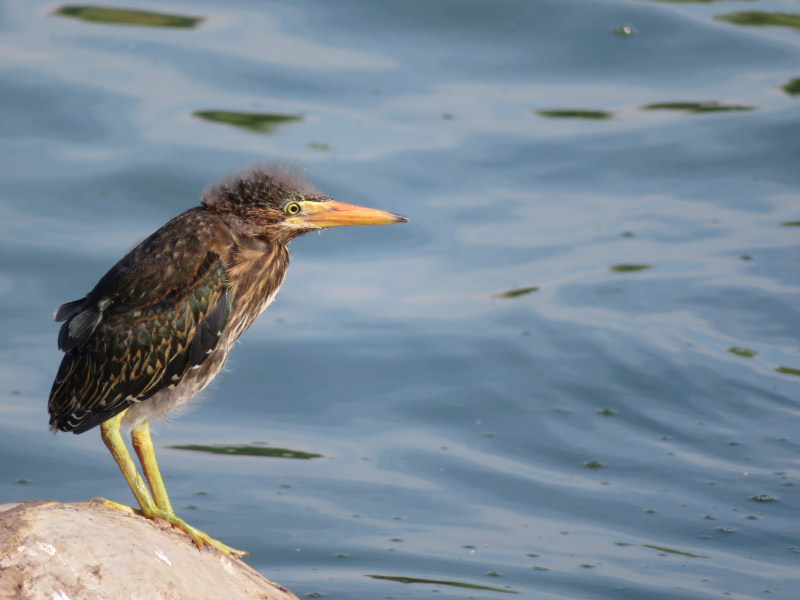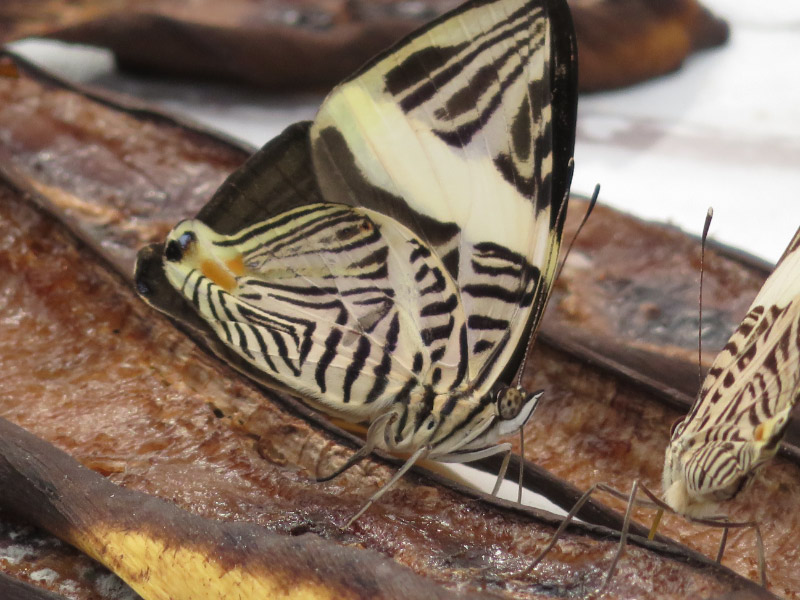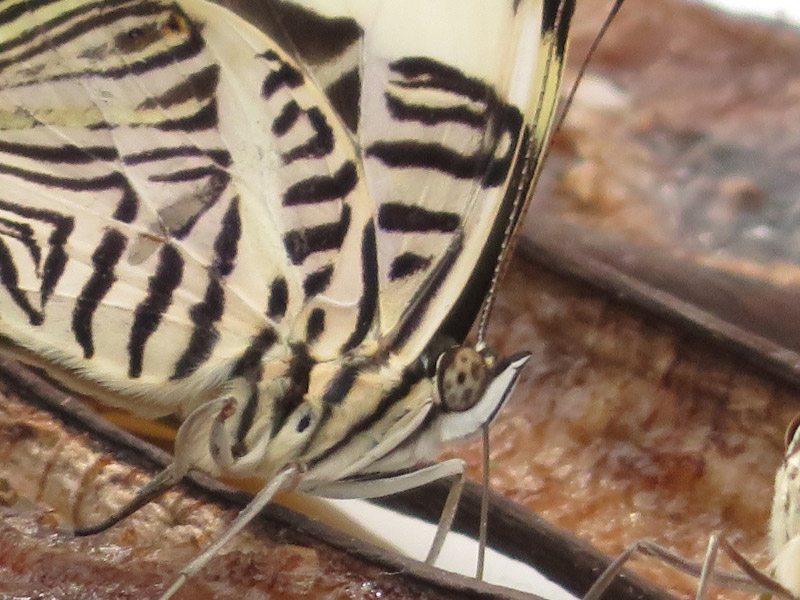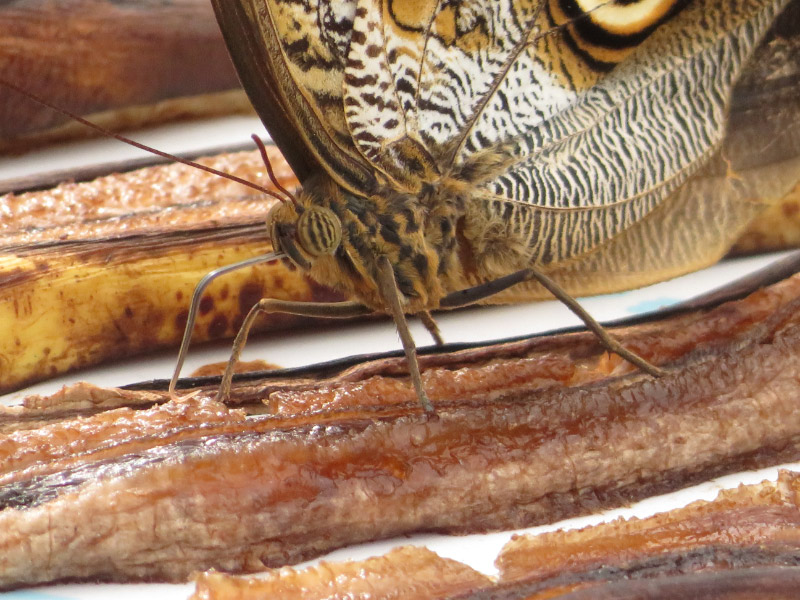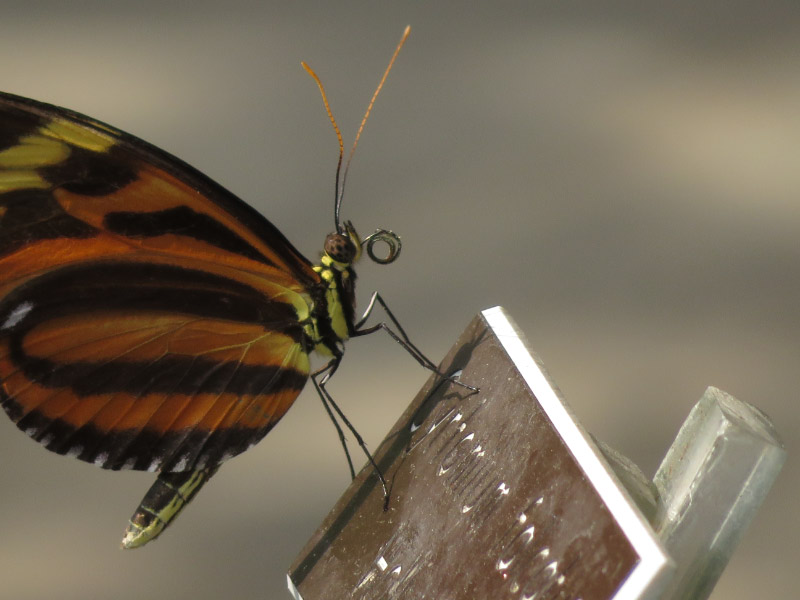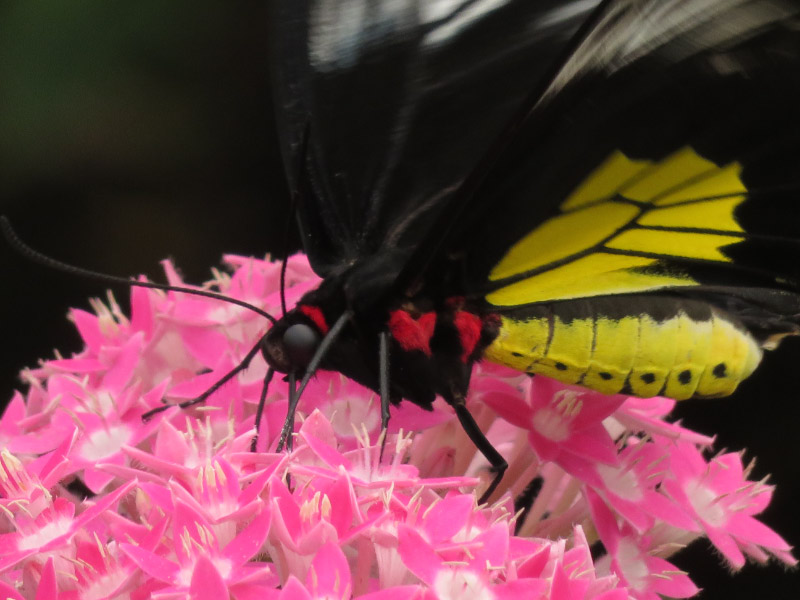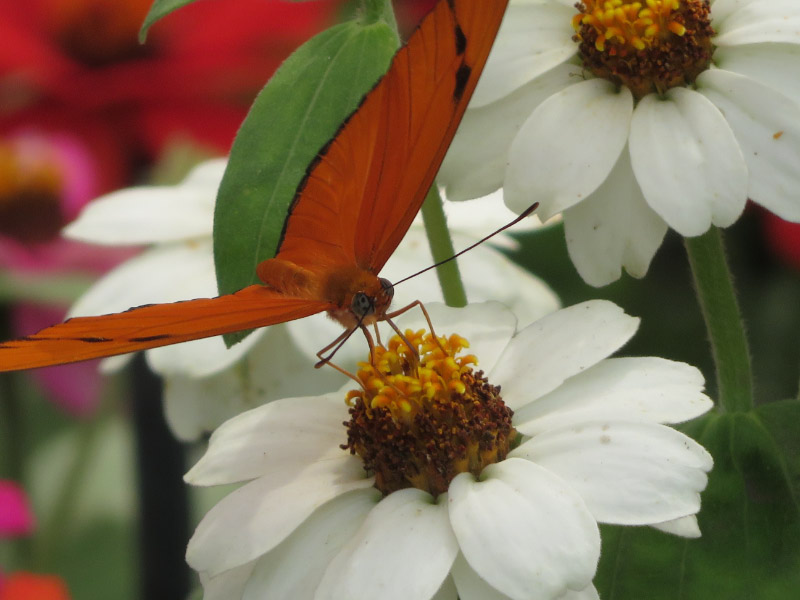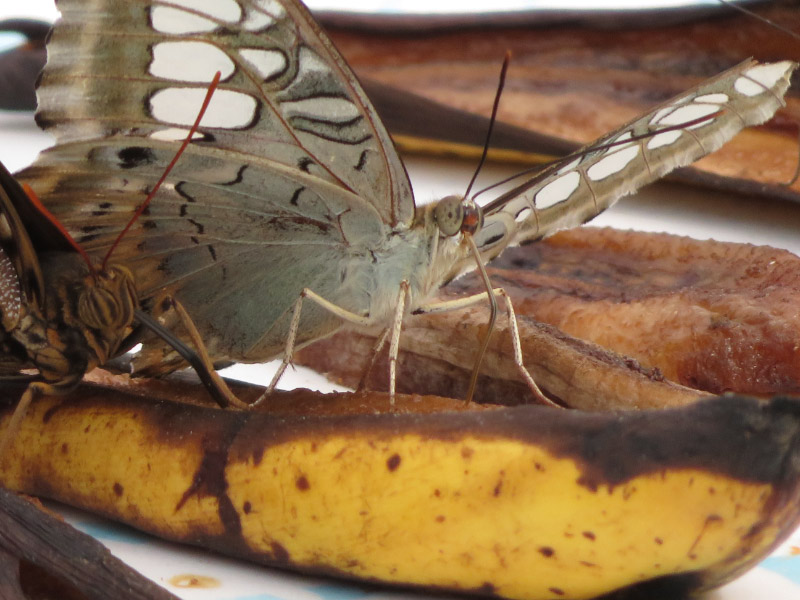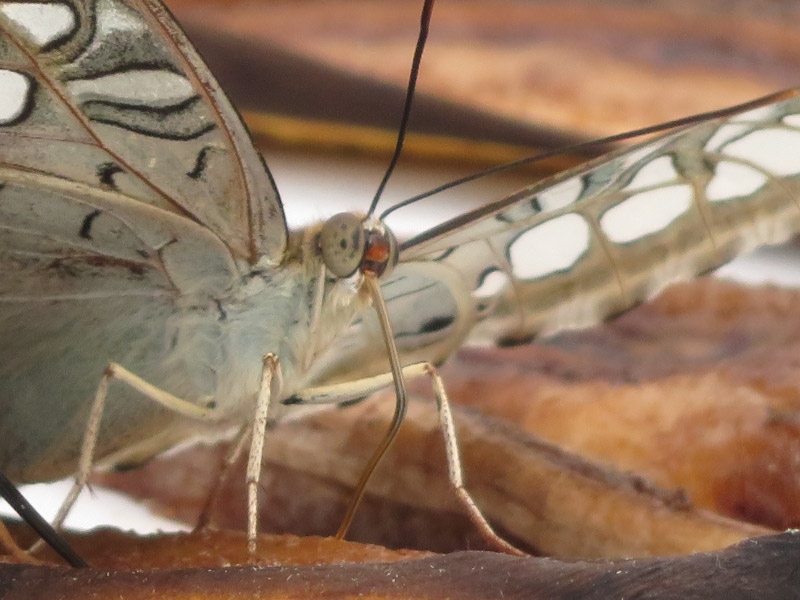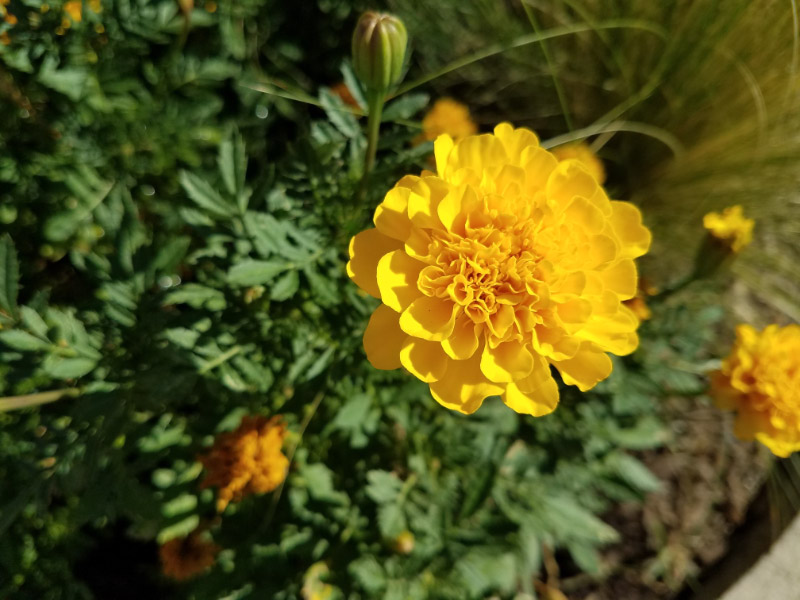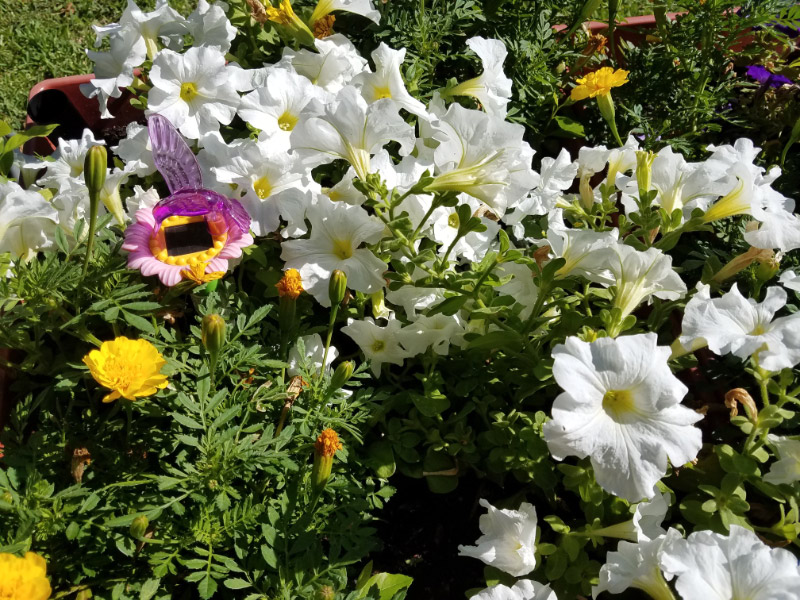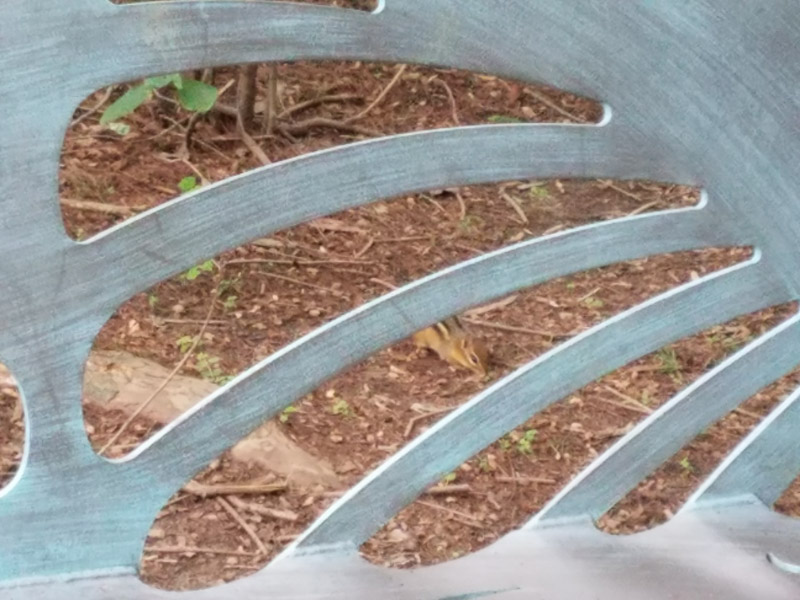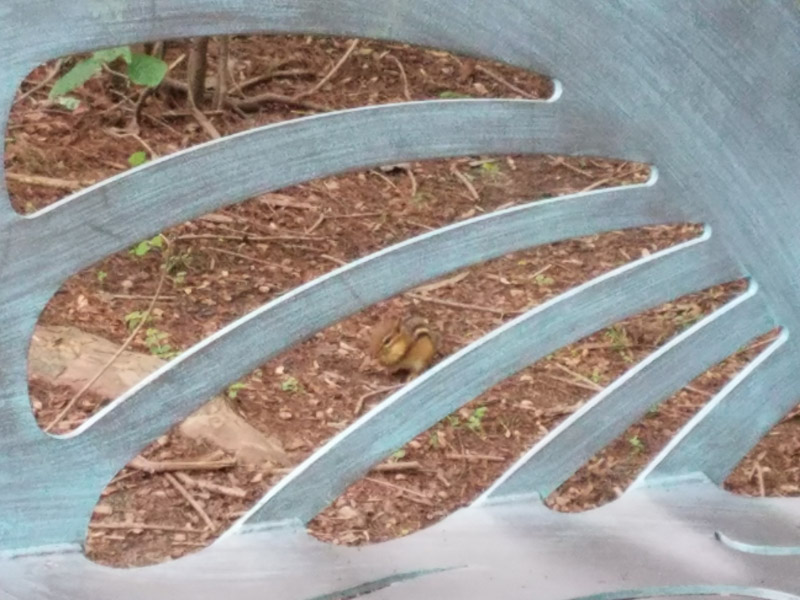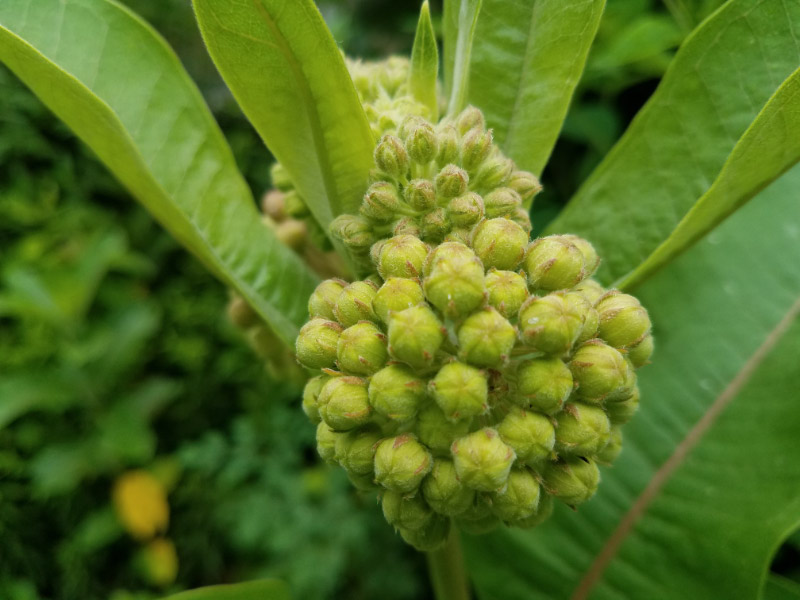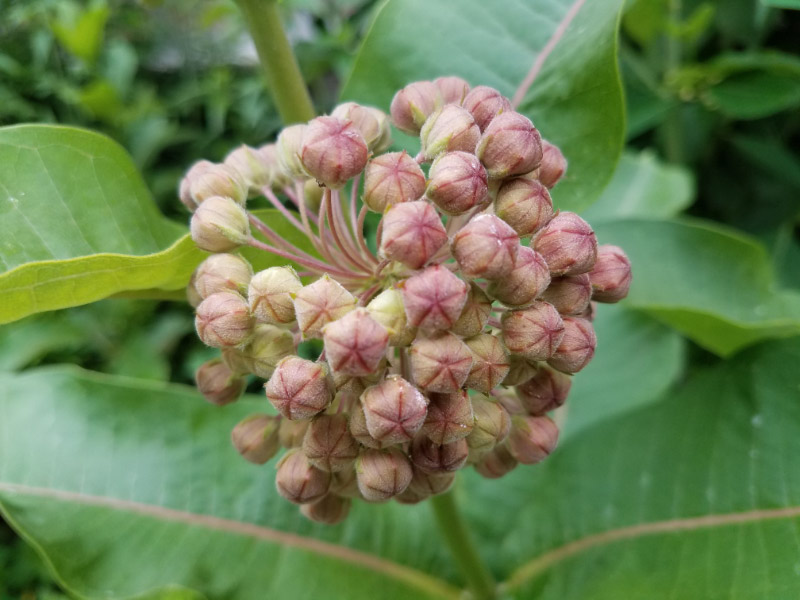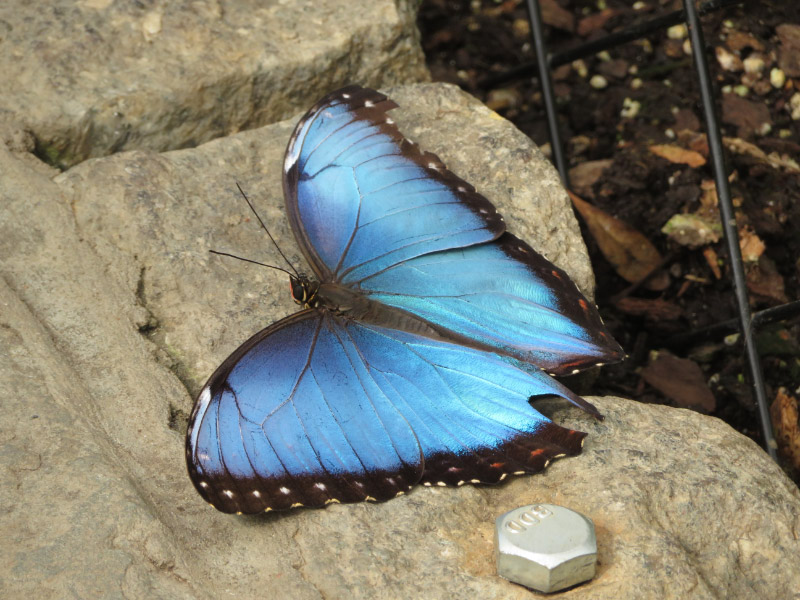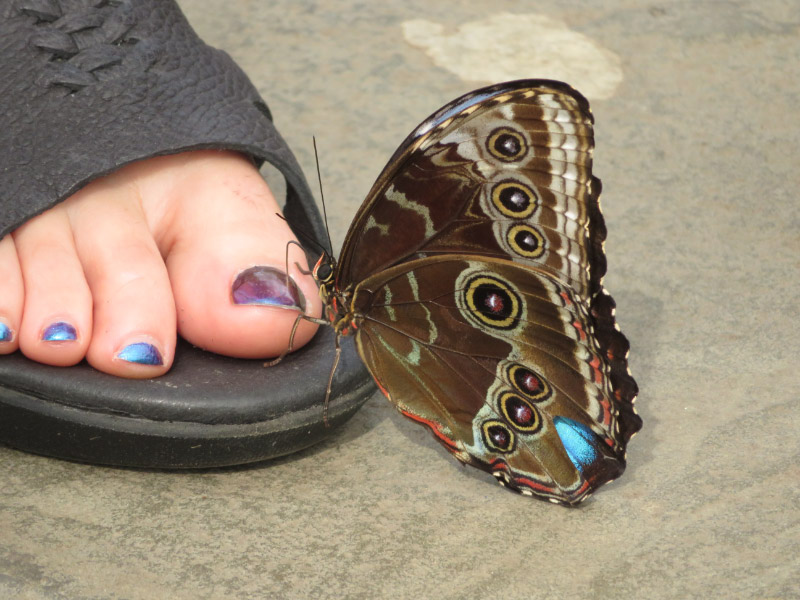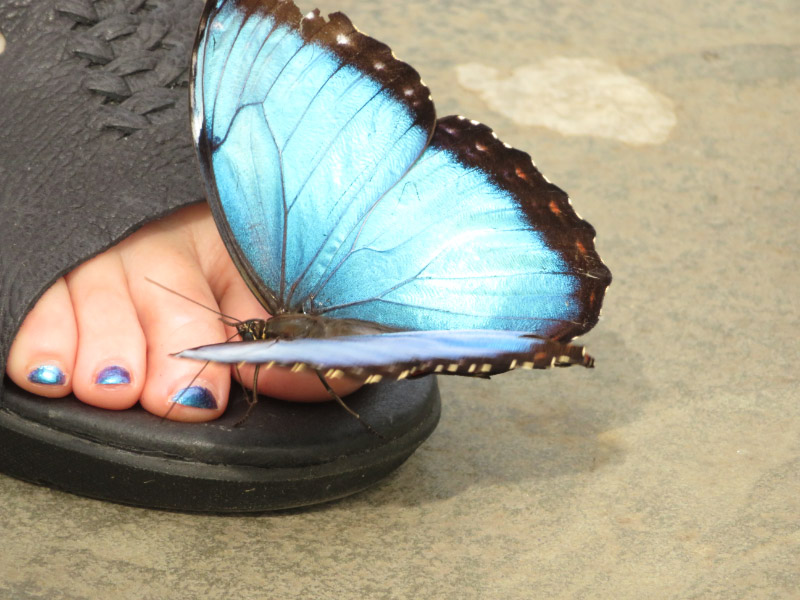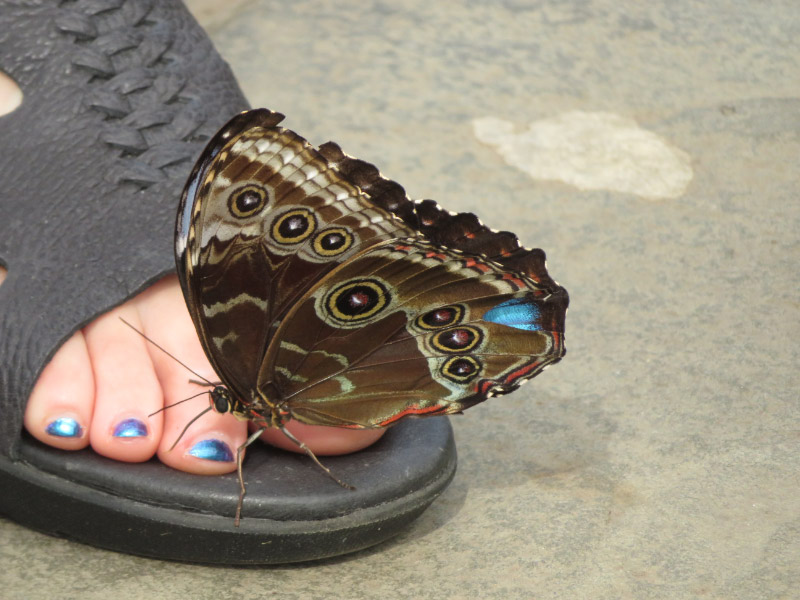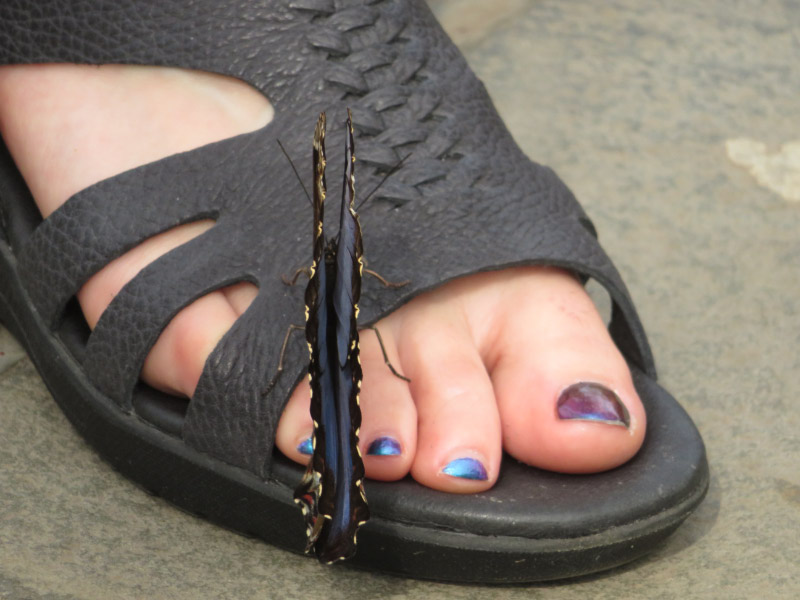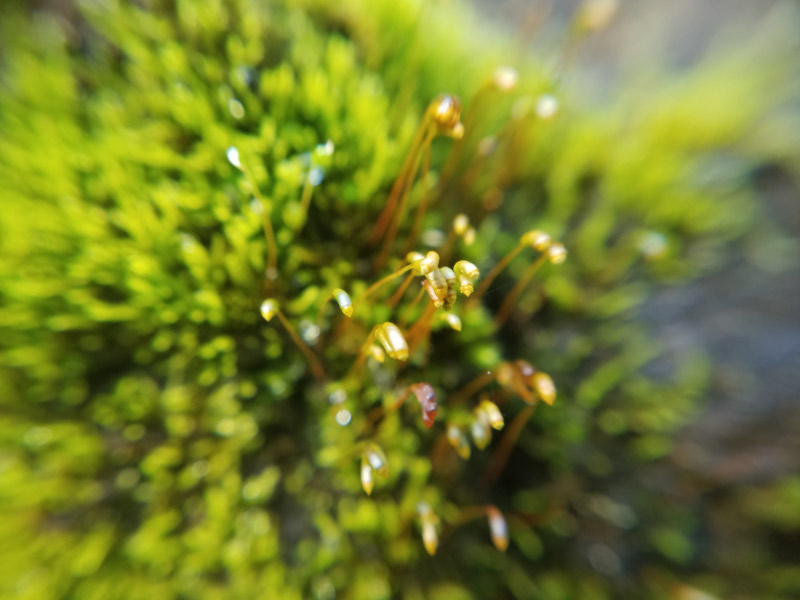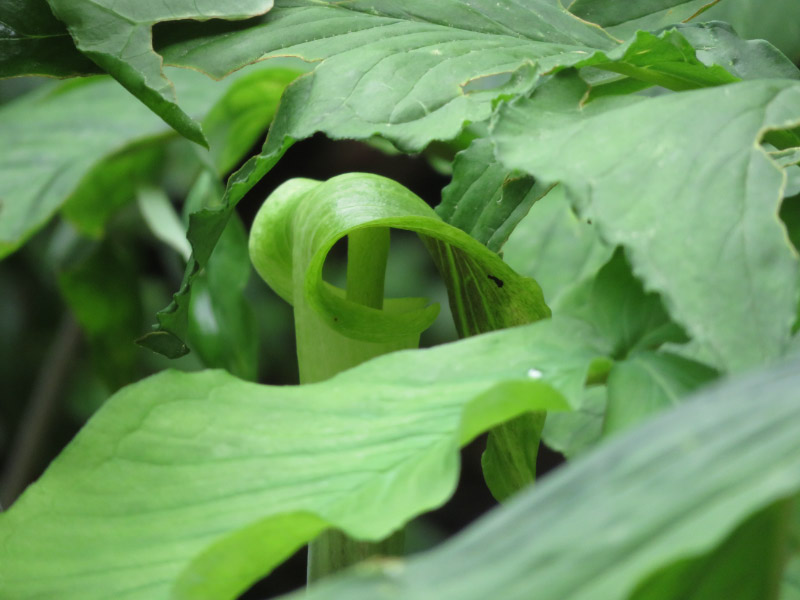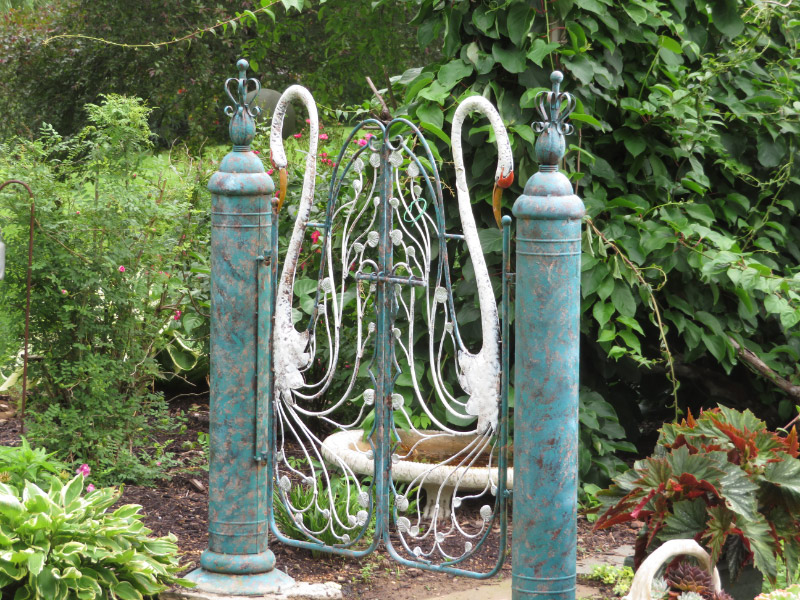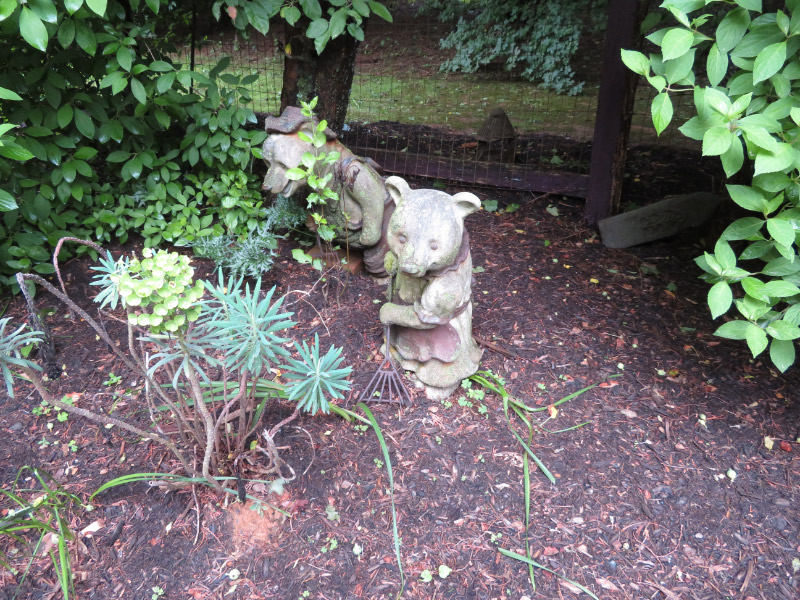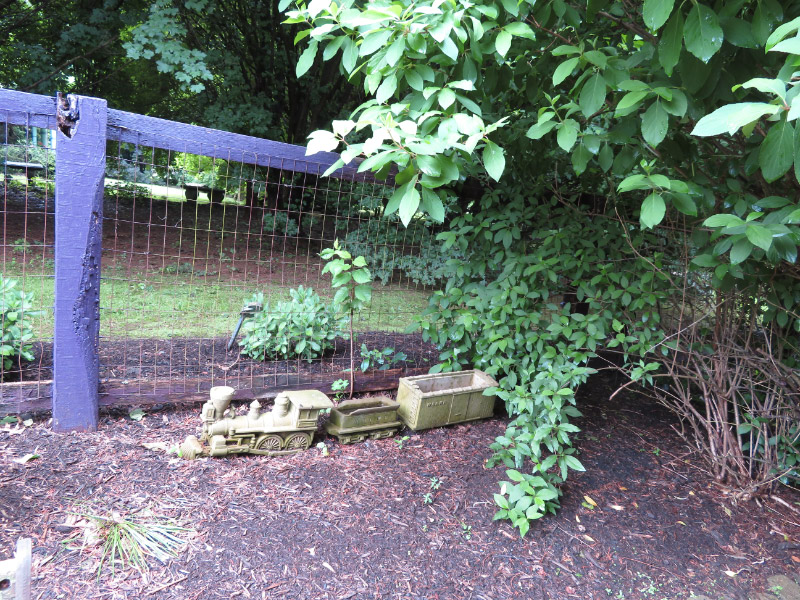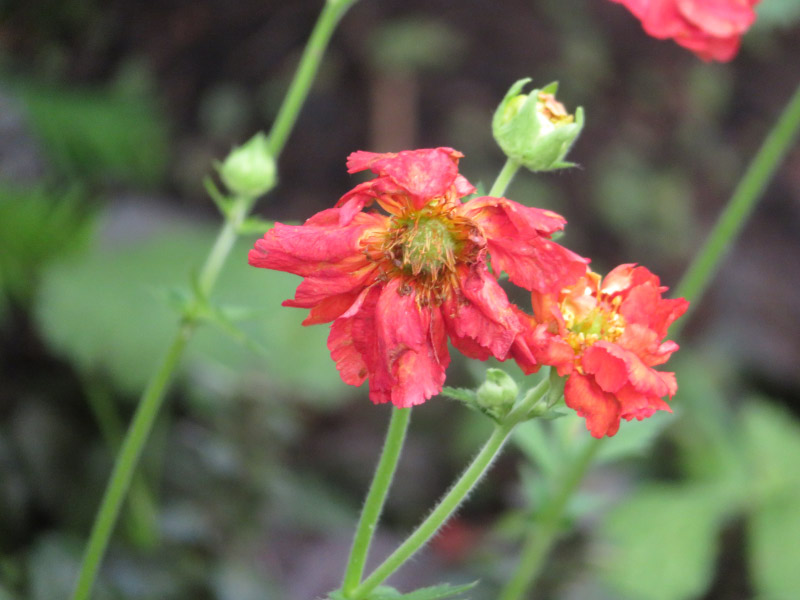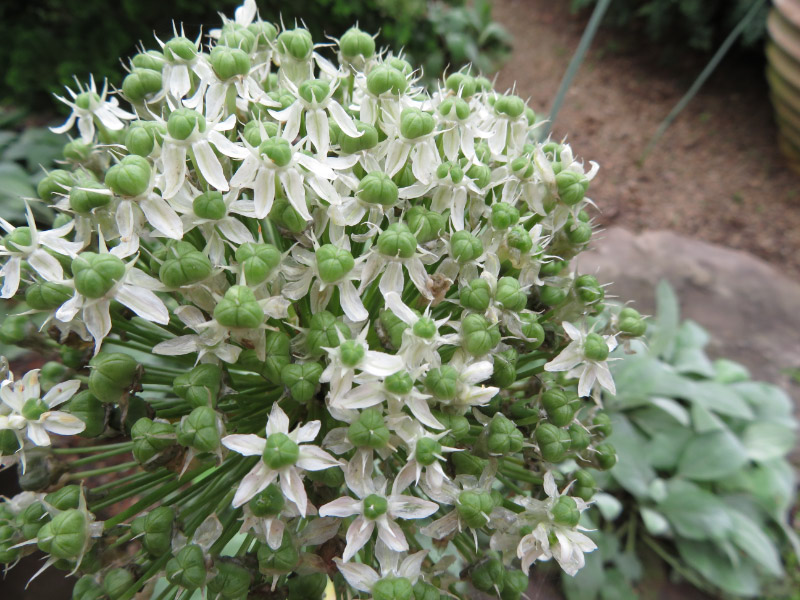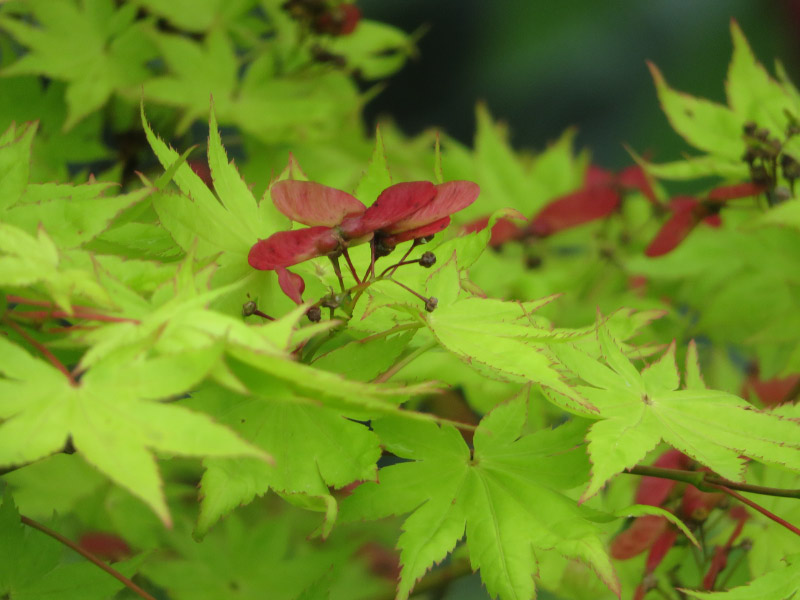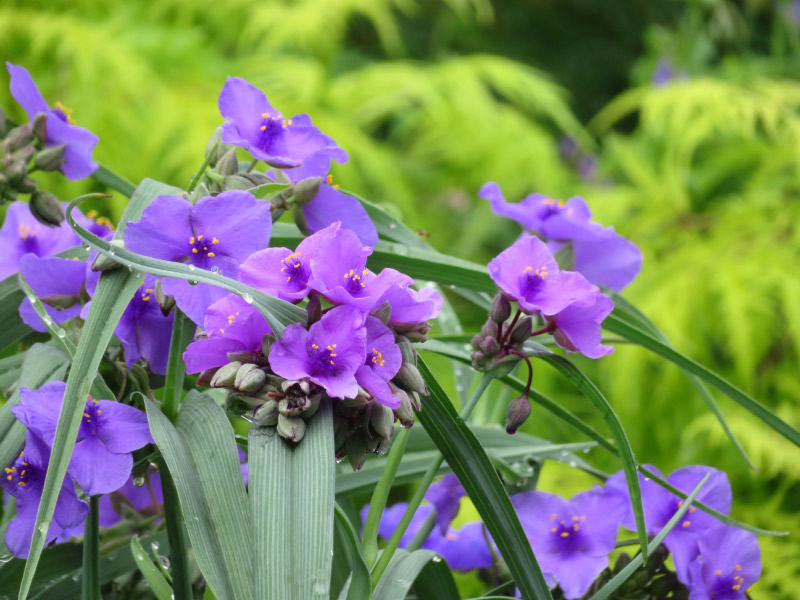The items below were ‘the cream’ of the articles and websites I found this past week. Click on the light green text to look at the article.
Reading habits in the past | Europeana Blog – When I travel, I tend to do most of my reading on my phone (light weight, easy to carry, and ambient light does not have to be good). It’s a recent development for me. This blog post goes back further in history.
Man against machine: AI is better than dermatologists at diagnosing skin cancer -- ScienceDaily – There are still limitations to the AI but it might be close to a tipping point to begin transitioning into system. It seems like it would be most in demand for screening where there were not highly trained dermatologists available….as long as the imaging technology was not tremendously expensive or hard to use.
BBC - Future - Is it really healthier to live in the countryside? – I thought it would be…but it’s complicated because so many factors contribute to ‘health.’
Mapping Modern Threats to Ancient Chacoan Sites : Image of the Day – Posts about places I’ve visited always get my attention. A study using satellite data and projections for population growth/oil and gas exploration in the area shows that 44 of the 123 known Chaco sites included in the study are threatened by development. Of those, 19 are already protected by the National Park Service.
Paper Art Details Similarities Between Human Microbiome and Coral Reef – Nature inspired art!
Researchers Grow Veggies in Space | The Scientist Magazine® - Progress in a technology required for longer space missions…and then colonies on other planets.
Schoolyard Habitats Provide Resiliency in Houston Independent School District : The National Wildlife Federation Blog – Schools in Maryland have similar projects. I hope the monarchs have shown up in Houston…I haven’t seen any in Maryland yet this year.
US Still Subsidizing Fossil Fuels To Tune Of $27 Billion | CleanTechnica – This post included more detail on what subsidies are…how the US compares to other developed countries.
Thank A Rare Fungus For The Sustainable Solar Cell Of The Future | CleanTechnica – It’s a beautiful color…if it really works, it won’t be ‘rare’ for long. It will be come a commercially grown fungus!
Bright warning colors on poison dart frogs also act as camouflage -- ScienceDaily – Learning a bit more about these little frogs.


